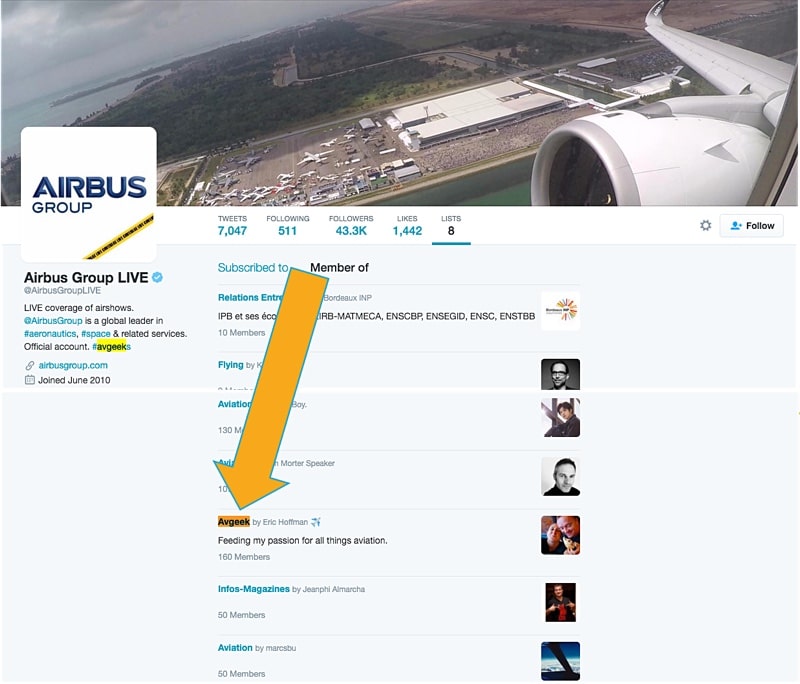Psychographic targeting is about PASSIONS. As our offline obsessions moved online, it created all these traces of our psychographic profile for digital marketers to build and advertise to. Sometimes a little extra digging can unearth a gold mine of digital ad targeting segments; sometimes it requires a more layered approach that mixes several different audience segments to zero in on who you’re looking for. Without our passions and desire to share them online, those signals wouldn’t exist.
In this edition of the Psychographic Targeting Hot House we’ll take a look at how to craft psychographic audiences for some of the most passionate, devoted groups of people out there: Geeks. We’ve all got a little bit of geek in us, whether it’s for digital marketing or sports or cooking or anything else that strikes our fancy. We’ll explore how people pursuing their geek dreams online create signals digital marketers can use to target advertising.
Our focus will be on two ultra-passionate sets of geeks: Aviation enthusiasts – who go by the call sign #avgeek – and comic book lovers and where to find their signals in Facebook and Twitter. Though the exact signals are unique to each set of geeks, the principles behind finding them apply broadly to whatever passion you need to target.
Behaviors – Starting a powerful audience build
We looked at where Facebook Behaviours come from and why that makes them such a valuable targeting indicator. They are especially useful for selling to geeks because 74 percent of behavior categories come from actual past purchasing behavior. That is a great sign of true affinity and a strong start to a powerful audience.
Here’s an example. Suppose you’re trying to latch onto the hype surrounding the newest superhero movie in order to sell some of your high-quality action figurines to comic book geeks. Starting your psychographic audience with Behaviors > Purchase Behaviour > Purchase Types: Collectibles narrows your audience based on “Aggregated, multi-sourced offline transaction-based data.” In other words, you are targeting people who already want to buy what you’re selling.
Refine your audience with additional layers and match each ad set with its own creative to find some seriously focused and effective geekdoms:
What do geeks use online?
Finding our geeks online will require a little bit of knowledge about what they do offline, or “in real life” as olds like to call it. Let’s go to our #avgeek friends and study how.
One thing they love to do is head to their local airport for some plane spotting. Planes come, planes go, avgeeks feel joy. It’s a real life activity that manifests itself online in the form of apps and services they use at their spotting locations, and you can target these in Facebook. Notice we’ll again focus our audience even further by joining these online activities with Facebook interests in plane spotting:
If #avgeeks aren’t your target audience, think: What online tools does my audience use when they are geeking out? Every geekdom has them, it’s only a matter of connecting with them enough to learn what they are and then finding them within targeting.
Where do they hangout with other geeks?
Just like geeks of old used to congregate in video arcades and secretive D&D lairs (AKA the Swanson’s basement), today’s geeks find each other online. And if you can find it online, you can probably find it in Facebook targeting. Here we took the hottest online #avgeek communities available in Facebook targeting and narrowed them with a bevy of interests relating to specific types of aircraft:
The broader lesson for non-avgeek marketers: Research where your geeks hangout and what they talk about when they are conversing with each other online.
Now let’s move on to where we can find them in Twitter.
Hashtags!
Geeks embed a special code within their tweets so other geeks can find their secret geek messages. This is also called: Using a hashtag. If we can learn anything from targeting the kind of niche passions we’ve looked at so far, it’s: people are proud to express their affinities for their online friends to see. I’m an #avgeek, and I’m proud of it – Here’s a picture I took of a plane! The surest way to express it on Twitter is with a hashtag. It’s where the whole #avgeek culture began.
This is where some time spent in audience research will again come in handy. Type #avgeek into Twitter keyword targeting and you’ll get a string of suggested keywords to expand your reach. This is what Twitter thinks will improve your targeting. For example, if you’re going after people who play Magic: The Gathering, targeting by the #mtg hashtag will also get you several suggestions:
Are #magic and #magicthegathering worthwhile to include? Probably, although #magic itself might be too broad. Innovation? Hardly. When it’s not as easy to discern what recommendations to follow, knowing your audience well should help guide you.
Twitter: The home of influencers
Twitter also makes it easy to target people who follow influencers in their every realm of geekdom. How do you know who the influencers are? If you have the budget, start with tools like Sysomos that make recommendations based off HUGE data sets. On a shoestring budget? Twitter can help.
Go into the web interface and do a quick search for the hashtag you’re looking for. You’ll see there are some suggested accounts there, but… not a lot. Hit return to get to your search results and choose Accounts along the top tabs. (Sometimes Twitter will hide this under More options.)
Score! It’s still not perfect, you still have to select which ones you want to include in your follower targeting. But it’s a good first step at finding influencers on Twitter. A good rule of thumb: When targeting niche influencers look for people with the backing of authoritative niche sites. For #avgeeks that means folks like @airlineflyer, @phildernerjr, @runwaygirl and @thatjohn, among others. They are the people who represent the places geeks visit.
Curated Twitter lists
Another great way to find influencers in ANY geekdom is curated Twitter lists. Because any ol’ tweeter can build a list and we’re only interested in lists full of high-authority users, the best place to look is the lists of verified accounts that carry high authority in their own right.
Here, we’ll look at one of the Airbus accounts, which is about as high-authority as it gets for #avgeeks. Click on Lists across their profile tab and first go through to lists it is subscribed to. With these lists the aircraft maker is telling you Here are the users we think are worth following. What better authority signal can there be?! Mine these handles and pump them into your targeting to reach their #avgeek audiences. Then check out the lists it is a member of and look for the high-authority users there. They have lists you can go thru for even more users worth including in your targeting.
Twitter behaviors
Like Facebook, Twitter buys a mountain of third-party behavioural data based heavily on past purchase activity. For behavior that rises to the level to geekdom, look at Behaviors > Lifestyles. These categories help define persona such as scrapbookers, DIYers, gadget geeks, sports(wo)men and several more. Again, because they are rooted in purchase data (from Acxiom and Datalogix) you can know that you’re targeting people who already buy what you’re selling.
Twitter behaviors also let you target people whose purchase activity shows them to be true brand loyalists. If you go to Behaviors > Retail Brands you can get at likely buyers of dozens of consumer brands. The same goes for travelers loyal to specific airlines and gamers on Playstation or Xbox. It’s a section of Twitter targeting you can’t afford to overlook if you’re trying to build psychographic audiences of true geeks.
Think there’s not a psychographic group of geeks out there to find in the targeting world? There almost surely is, no matter what vertical you’re marketing in. If you get stumped trying to find it, just remember the essence of psychographic targeting is in the way offline affinities manifest themselves as online signals. If geeks gather in real life, they must gather somewhere online – find those places and explore them as targeting segments. When it all comes together, you and your clients will geek out over the awesome marketing results.


















